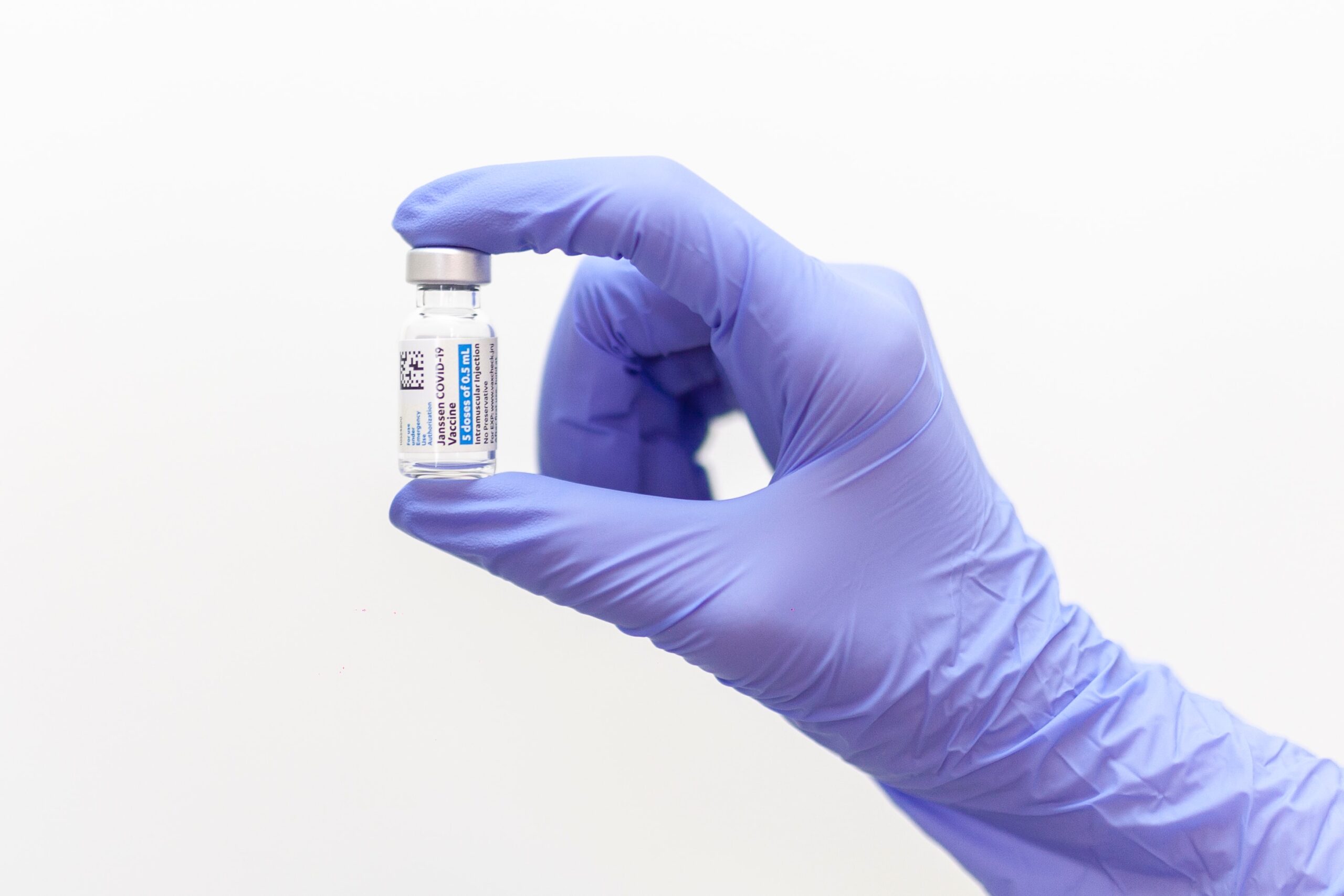
From the Johnson & Johnson vaccine to talk therapy, here are this week’s top college student insights.
J&J Vaccine
A majority of college students are not concerned about the safety of the Johnson & Johnson COVID-19 vaccine in light of U.S. health agencies temporarily recommending states pause its use during a safety review. A new survey of 600 undergraduates finds that just 10% of college students who have received a vaccine got Johnson & Johnson, while 53% received Pfizer-BioNTech and 34% Moderna.
Overall, about 1 in 6 (16%) students say they are very concerned about the safety of the Johnson & Johnson vaccine while one-quarter (25%) are somewhat concerned. However, Republican students are more likely than Democratic students to say they are at least somewhat concerned (50% vs. 37%).
How concerned are you about the safety of the Johnson & Johnson COVID-19 vaccine in light of U.S. health agencies recommending states pause its use following six rare blood clots?
Among students who aren’t yet vaccinated, a majority (57%) say the Johnson & Johnson news hasn’t changed how they feel about getting vaccinated. One-quarter (25%) say the news has made them more hesitant to get any vaccine, and about 1 in 6 (16%) say the pause hasn’t changed their view of other vaccines but they would be more hesitant to get the J&J vaccine.
However, Republican students — who are already less likely to want a vaccine — are more likely than Democratic students to say the pause in distribution made them more hesitant to get vaccinated.
Therapy
May is Mental Health Awareness Month, and college students are struggling. A recent survey of 914 students finds that a majority believe everyone could benefit from talking to a mental health professional, with 6 in 10 (60%) students saying everyone should go to therapy. There is a gender gap, though. While 7 in 10 (70%) female students say everyone should go to therapy, about half (45%) of male students agree. LGBTQ students are also significantly more likely than their straight peers to say so (75% vs. 51%).
___________________________
Methodology: All surveys were designed and conducted by College Pulse. Interviews were conducted among a sample of full-time and part-time students attending colleges or universities in the U.S. who are part of College Pulse’s American College Student Panel.




